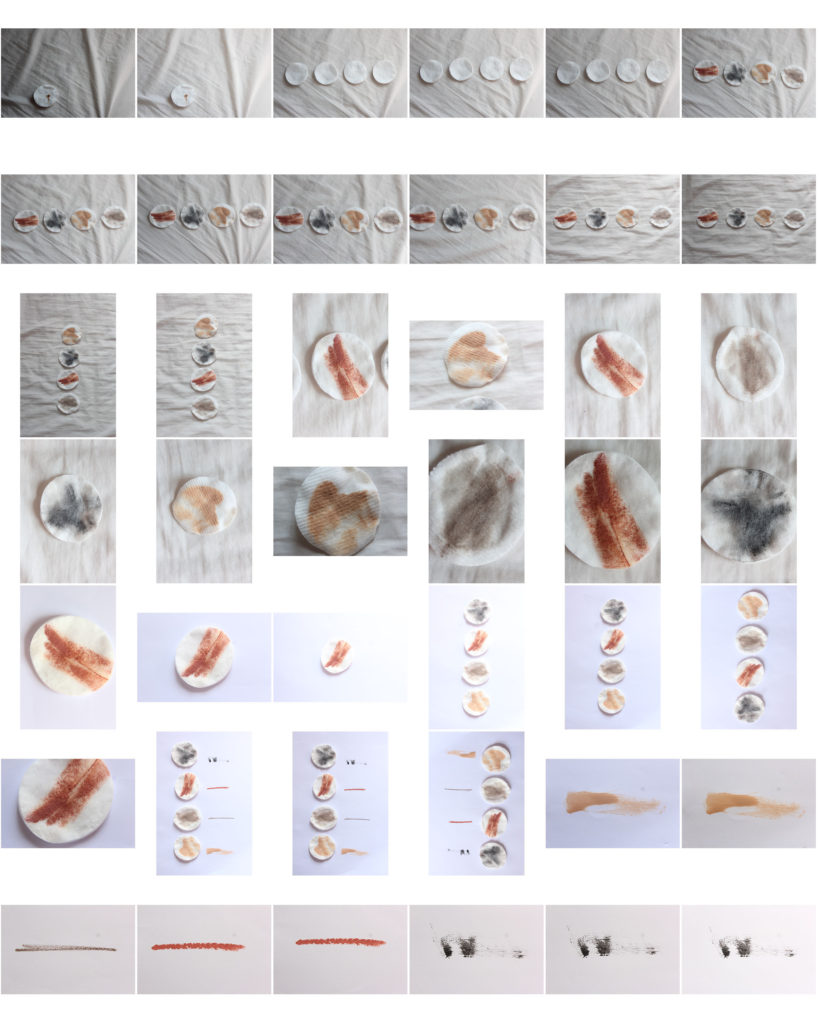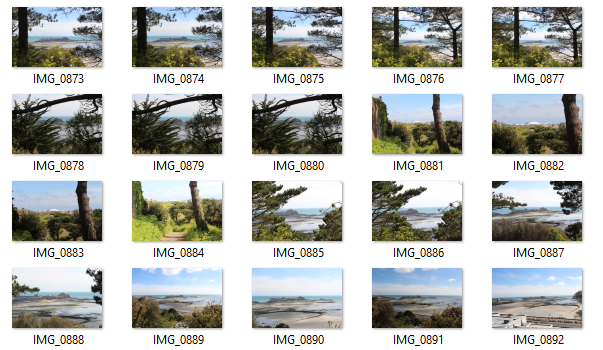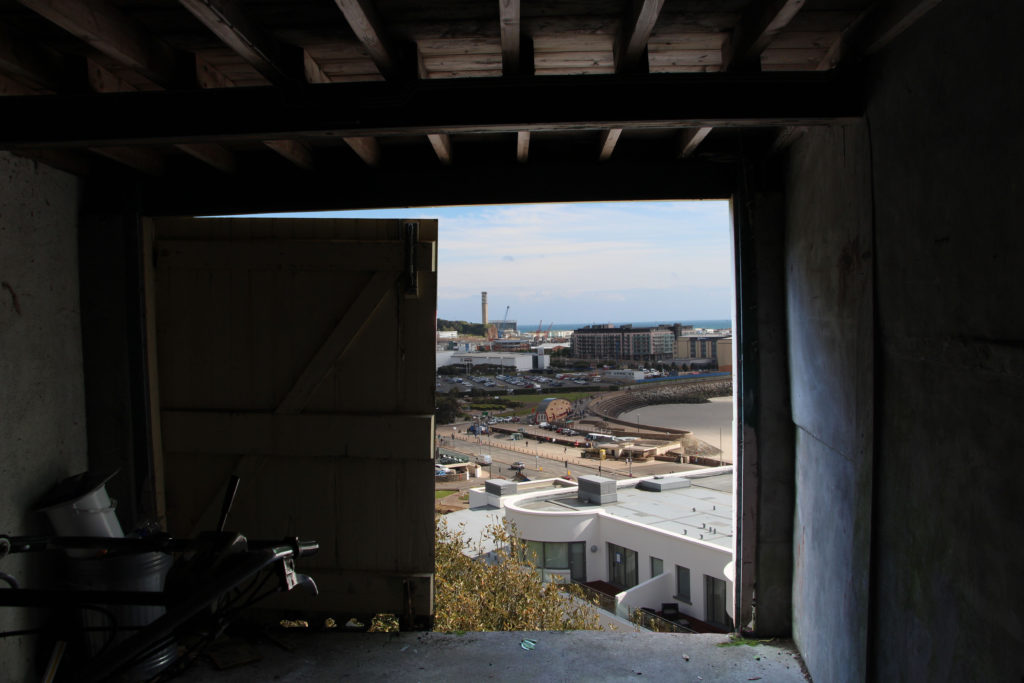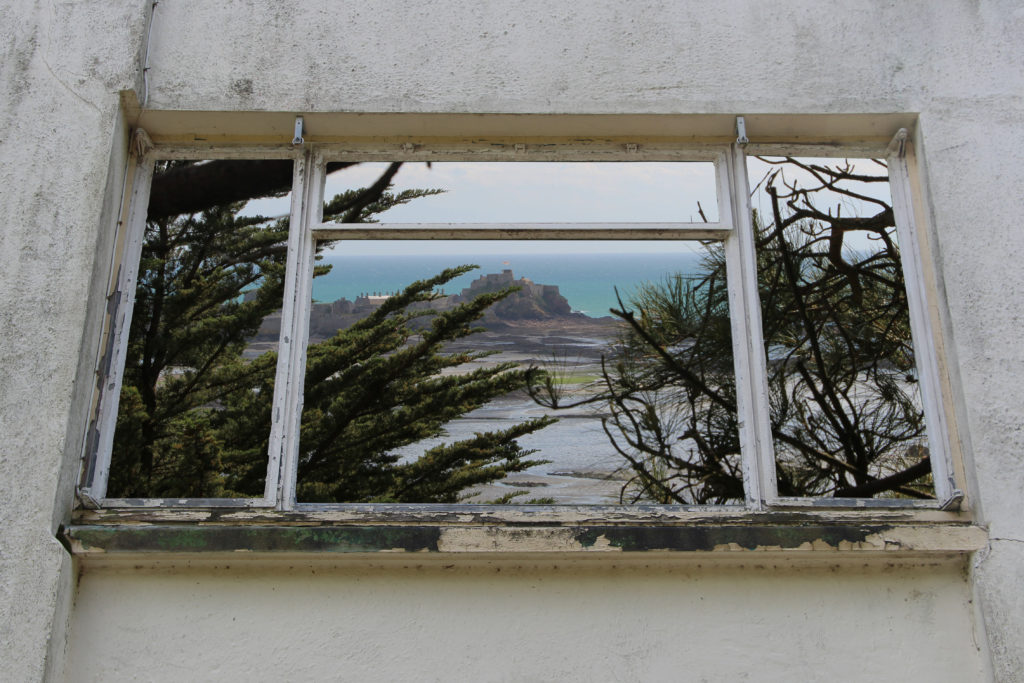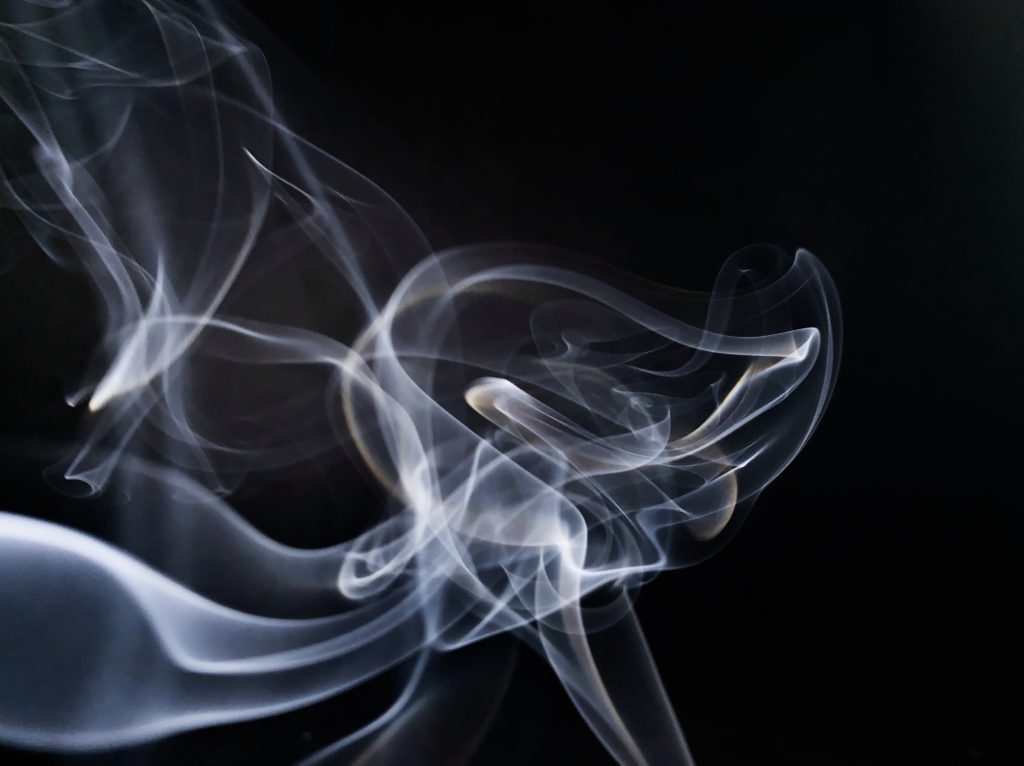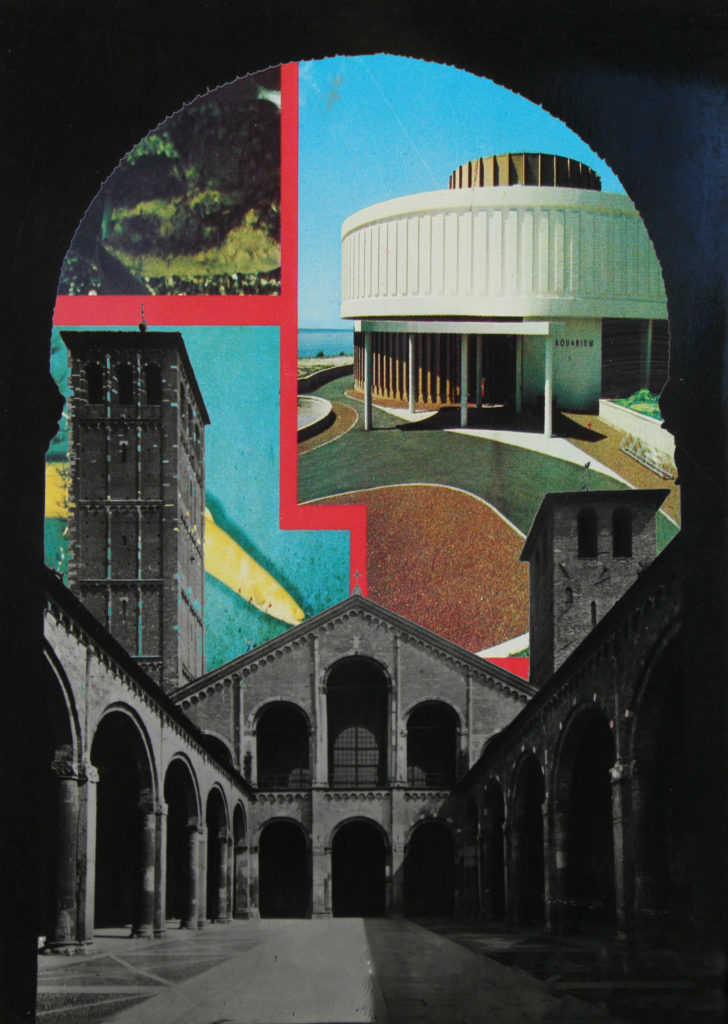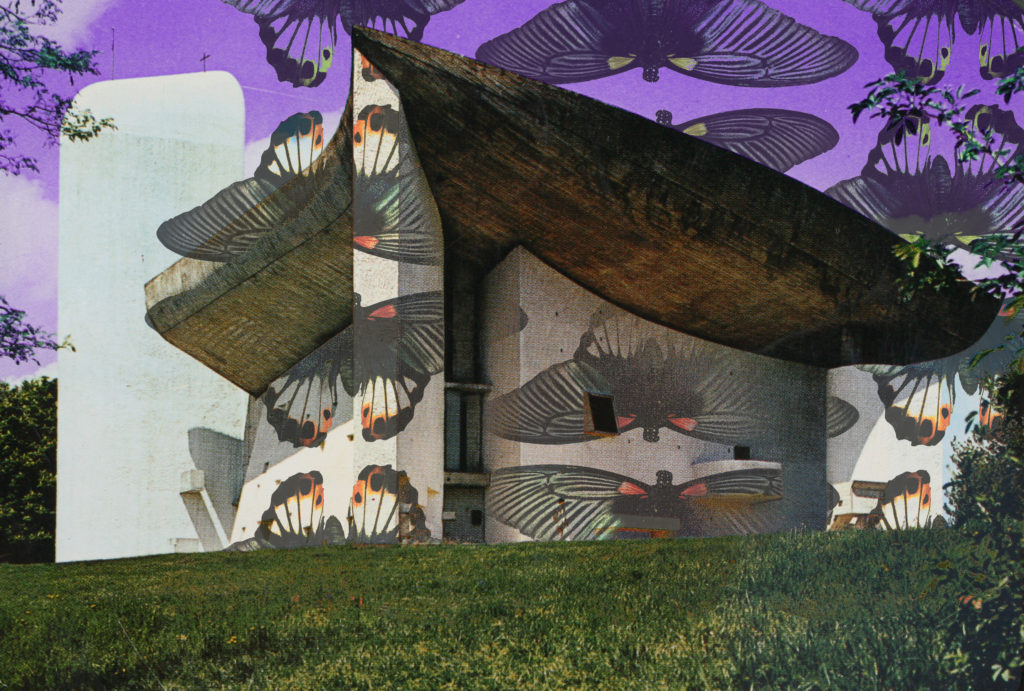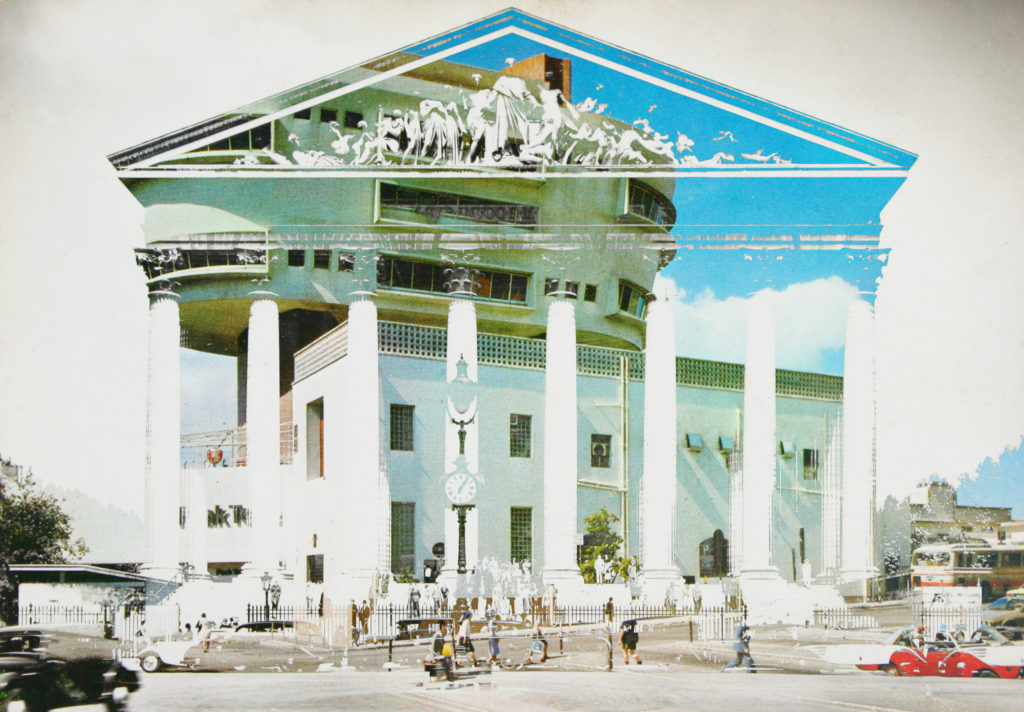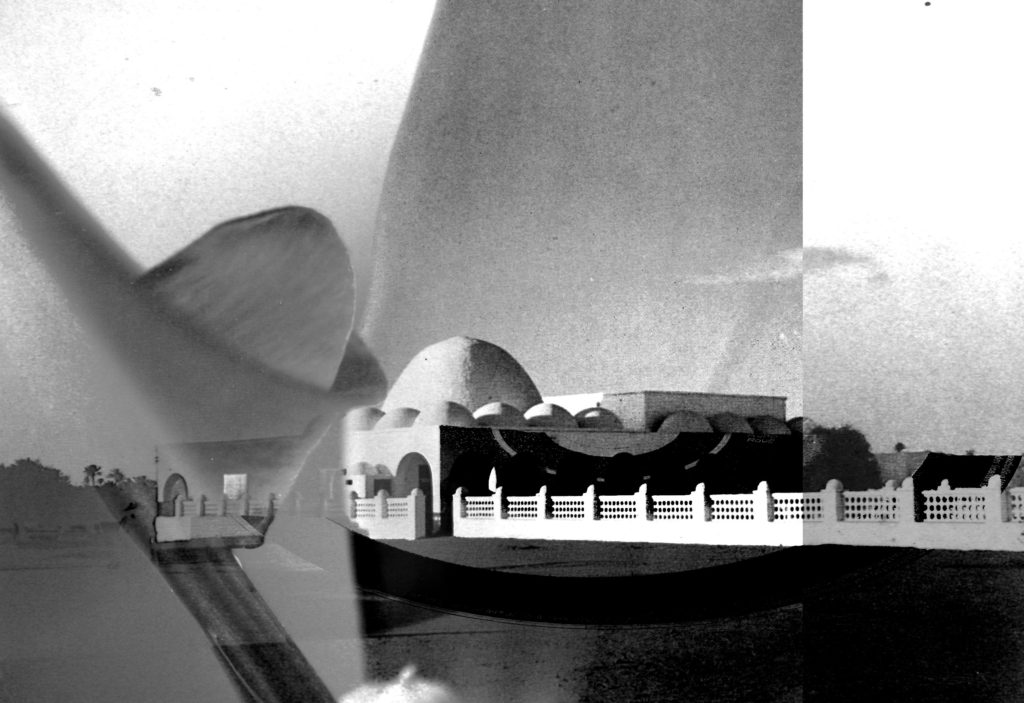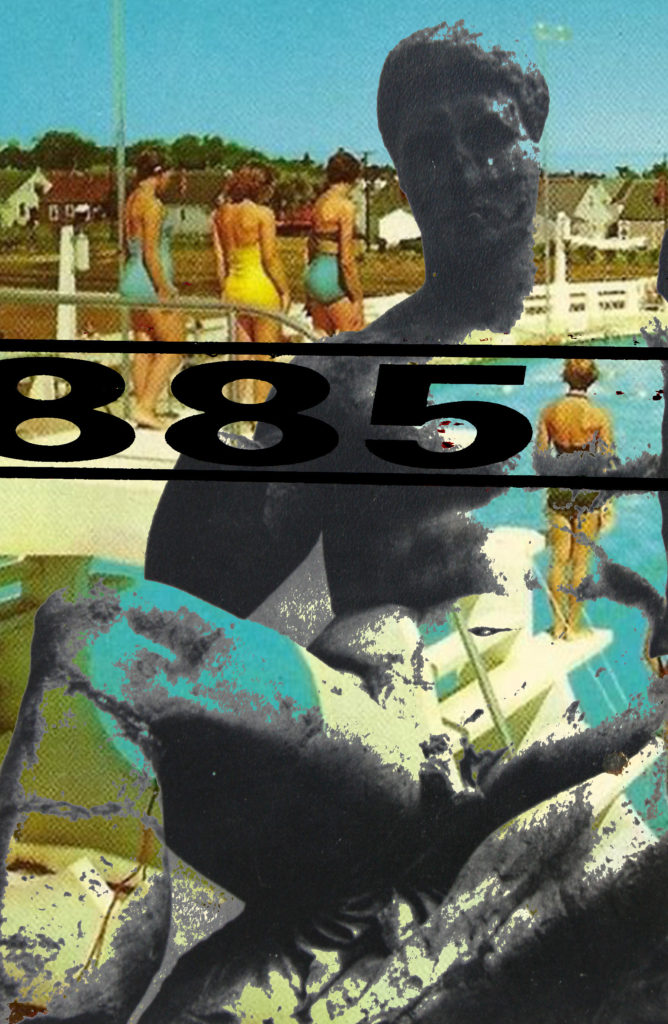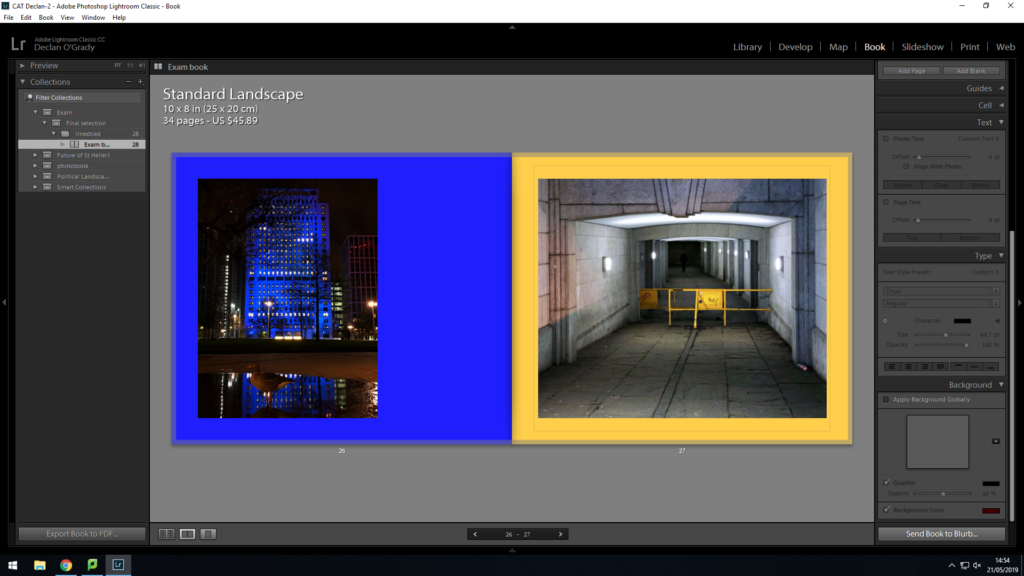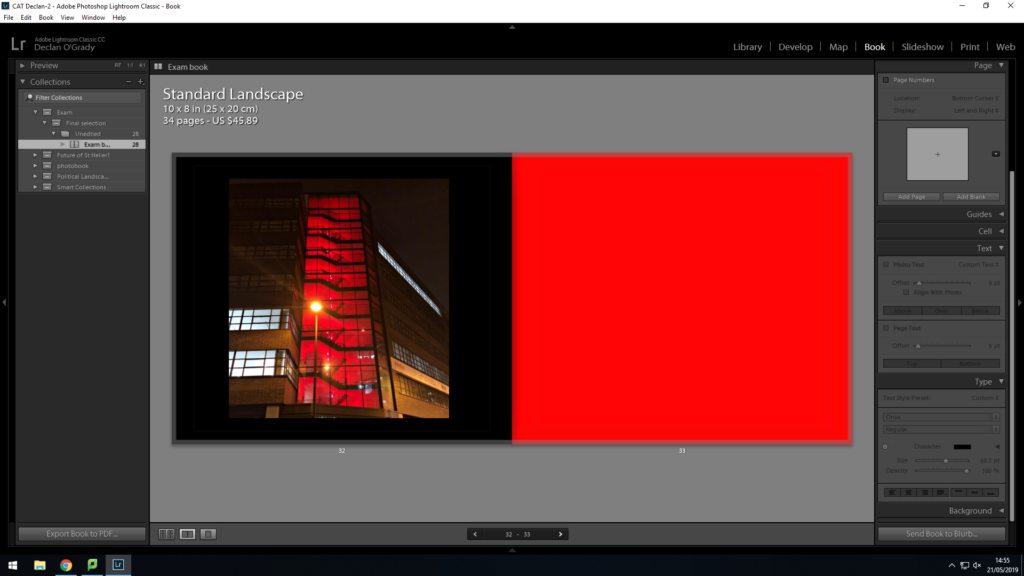How you want your book to look and feel:
I want my book to be simplistic yet still powerful. The professionalism will come from printing full scale images with good ink. I will hold all the images together using purple and red ribbons, similar to the way Satoshi Fujiwara uses an elastic band to hold his book together.
Format, size and orientation:
- 40 pages including acetate
- The cover will be printed A3 size (297 x 420mm)
- Other pages included inside will be printed Square (296 x 300mm), A4 (210 x 297mm), Rectangle (250 x 420mm) and Small Rectangle (180 x 420mm)
- Acetate will be printed A4 size
Rhythm and sequencing:
I will pair images together based on the shapes in each image. For example, pairing close-up head shots with further away shots for contrast.
Structure and architecture:
Some images will be cropped to fit the scale of the paper, this will prevent the viewer from seeing certain features of a portrait. Other images will be flipped upside down.
Narrative:
The book will look at the individuality between males and females as well as the differences between human beings and their psychological processes.
Title:
The book will not be given a title, as like Rorschach’s ink blot tests, in which there is no text, it is down to interpretation. I want the viewer to create their own relationship between the ink blots and the portraits partnered with them rather than be hinted at with the use of a title.
Images and text:
No text included
Colour and B&W (or a mix):
All images are different colours including red, green and blue. As the pages are different sizes, when the pages are folded, it will become layers of different colours.
Paper and ink:
Unlike Satoshi Fujiwara, I will only use matte paper to produce my book. For two reasons; 1 being that it is what is available for the printer that I will be using and 2 in that it will help blend all the images together into one big ‘book of colour’. The Rorschach ink blots that I have produced will be included as acetate pieces so that the images can be seen through them.












